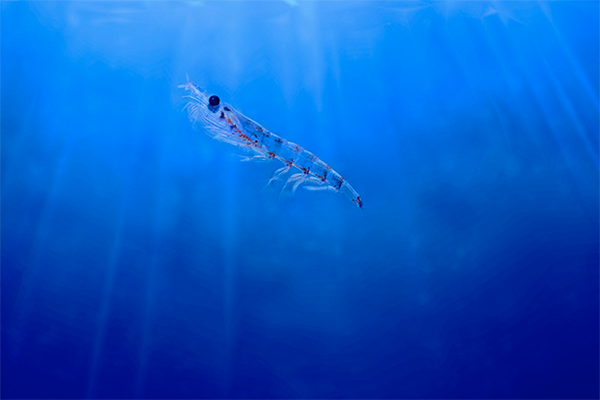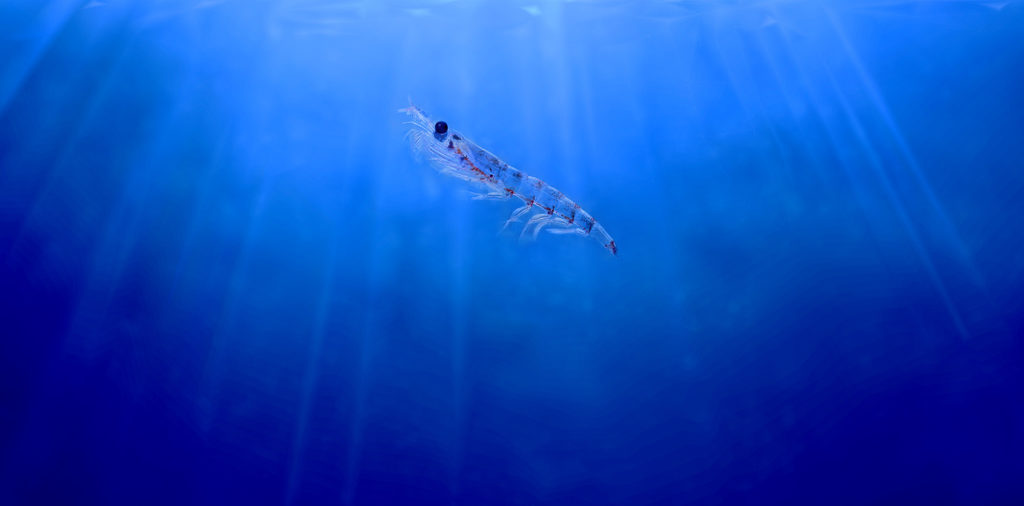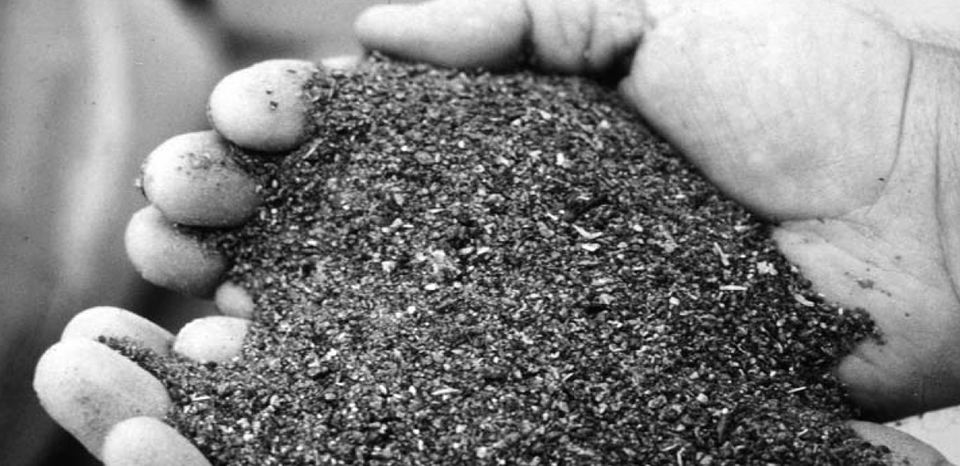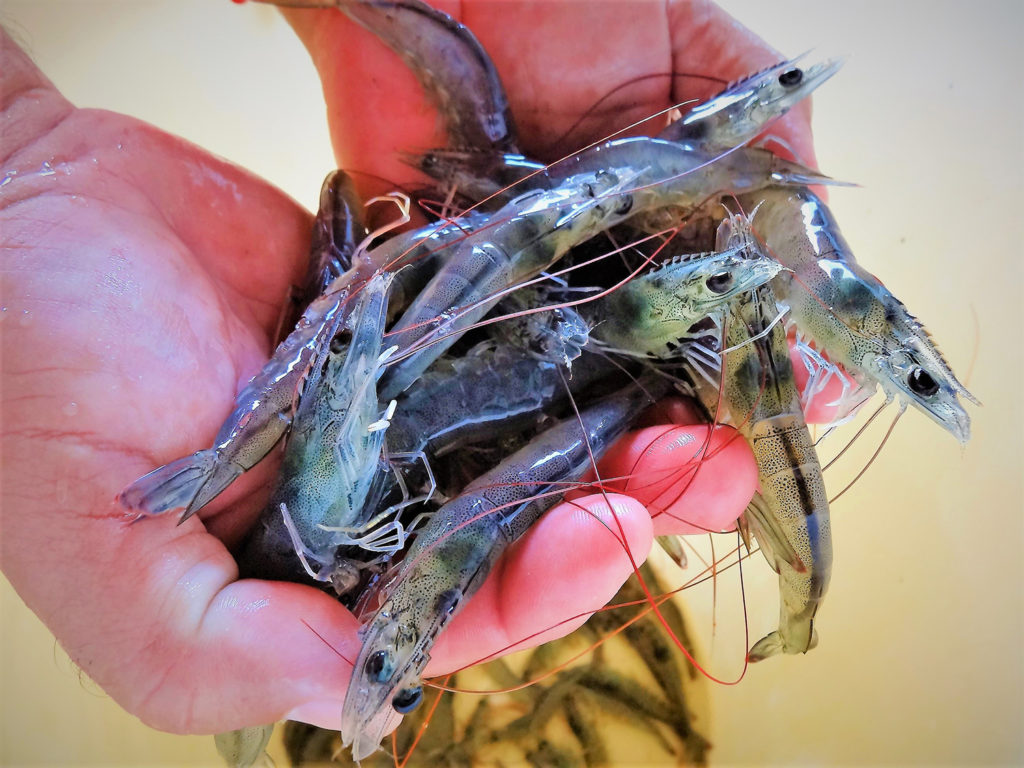Aker Biomarine earned U.S. Food and Drug Administration approval earlier in 2022

The Canadian Food Inspection Agency (CFIA) this week approved Norway-based Aker BioMarine’s importation license, allowing aquafeed manufacturers to use Qrill Aqua, a krill meal product, as an ingredient.
CFIA renewed the registration following the removal of ethoxyquin as an antioxidant additive from Qrill Aqua, which functions as a feeding stimulant that leads to increased feed uptake and enhanced growth, as well as improved health and performance for marine fish like salmon.
Aker BioMarine modified elements of its krill meal manufacturing process in 2018, which resulted in the removal of ethoxyquin as an antioxidant. The company also developed a unique vacuum-packing method, using materials that exceed U.N. standards, for oxygen-free packaging on fishing vessels.
“We now package our krill meal product under modified atmospheric conditions. We remove the oxygen from the produce and flush it with nitrogen, which then eliminates the need for ethoxyquin. The addition of nitrogen to the process required a new evaluation from the CFIA to show that nitrogen had zero effect on the nutritional values, quality or stability of the krill meal,” said Sigve Nordrum, executive VP of animal health and nutrition at Aker BioMarine.
Now that Canada has approved the ethoxyquin-free product, Aker has converted 100 percent of its production lines to the new technology. The U.S. Food and Drug Administration approved the product earlier this year.
“We appreciate the thorough process with the CFIA and its seal of approval for our krill meal product. QRILL Aqua continues to grow in its standing as an important, functional ingredient for marine fish, and we have large customers in Canada who have been eagerly awaiting the import of krill meal into the country once again,” added Matts Johansen, Aker BioMarine CEO.
CFIA completed its evaluation of the manufacturing process in January 2021, and official approval for use was granted on Nov. 29, 2022. QRILL Aqua™ can now be found listed as an ingredient on the Canadian Feed Ingredients Table, classified as coming from a “registered source.”
Follow the Advocate on Twitter @GSA_Advocate
Now that you've reached the end of the article ...
… please consider supporting GSA’s mission to advance responsible seafood practices through education, advocacy and third-party assurances. The Advocate aims to document the evolution of responsible seafood practices and share the expansive knowledge of our vast network of contributors.
By becoming a Global Seafood Alliance member, you’re ensuring that all of the pre-competitive work we do through member benefits, resources and events can continue. Individual membership costs just $50 a year.
Not a GSA member? Join us.
Author
Tagged With
Related Posts

Aquafeeds
Can a diet that includes Antarctic krill improve sea bream larvae survival?
A new study suggests that sea bream larvae fed on a diet including Antarctic krill show increased survival rates and enhanced growth.

Aquafeeds
Alternative ingredients for tilapia aquafeeds
The increasing production of tilapia is increasing the demand for fishmeal as a protein source for formulated aquafeeds.

Aquafeeds
Krill meal performs well in shrimp feed experiments
A study of experimental diets for juvenile shrimp showed a halving of fishmeal usage. Limited inclusion of krill meal offset other expensive ingredients.

Responsibility
New evidence suggests Antarctic krill meal is a promising and responsibly harvested aquafeed alternative
New evidence indicates that Antarctic krill meal is beneficial in salmonid diets, and under certain conditions, can be sustainably harvested.



